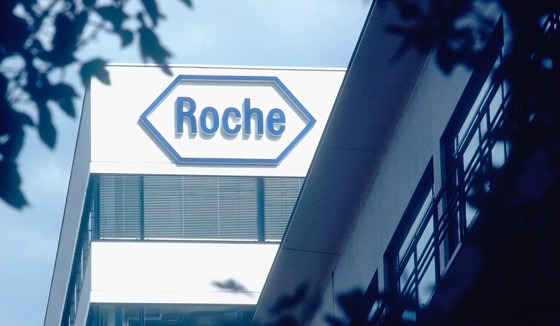
Roche’s Cotellic has been approved in the EU as a melanoma therapy, used in combination with the pharma company’s already-marketed Zelboraf drug.
MEK inhibitor Cotellic (cobimetinib) complements the activity of BRAF inhibitor Zelboraf (vemurafenib) in patients with advanced melanoma whose tumours test positive for the BRAF V600 mutation, seen in around half of all melanoma patients.
It is the first direct competitor to Novartis’ Mekinist (trametinib) in Europe, and gives Roche a dual therapy to compete with the combination of Mekinist and Novartis’ BRAF inhibitor Tafinlar (dabrafenib) – both of which were acquired from GlaxoSmithKline (GSK) earlier this year.
Sales of Zelboraf are being eroded by Novartis’ duo and Roche now has an opportunity to defend its franchise, with analysts suggesting that the Zelboraf and Cotellic could see combined sales of around $750m a year at their peak.
The EU approval of Cotellic is based on data that showed Cotellic plus Zelboraf helped people with previously-untreated advanced melanoma live for more than a year without their disease worsening, and comes after the drug was given the go-ahead in the US and Switzerland.
Last week, Roche reported new results from the pivotal coBRIM study showing that adding Cotellic to Zelboraf resulted in an improvement in overall survival compared to Zelboraf alone. The data will be submitted to the EMA for inclusion on the drug’s label, said the firm.
The recent approval of PD-1 inhibitors for second-line melanoma therapy – Bristol-Myers Squibb’s Opdivo (nivolumab) and Merck & Co’s Keytruda (pembrolizumab) – have raised questions about the future prospects of MEK/BRAF inhibitor combinations, particularly if as expected the PD-1 blockers win approval for first-line use.
It has been suggested that as the long-term effects of PD-1 inhibitors in terms of disease response remain unknown, MEK/BRAF inhibitors will continue to play a role as a targeted first-line therapy in patients with BRAF V600 mutations, particularly those with more extensive disease.
For patients with lesser disease burden it may be that PD-1 blockers will be used first, with MEK/BRAF inhibitors reserved as a fall-back option.




